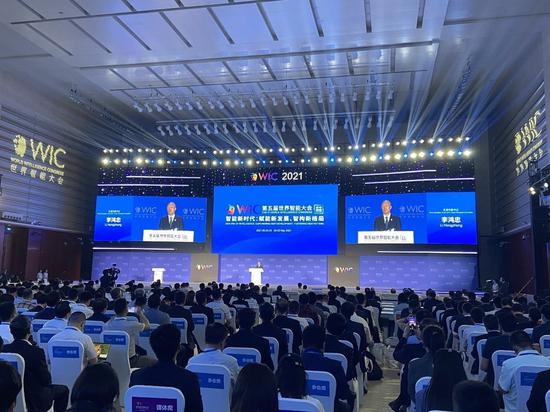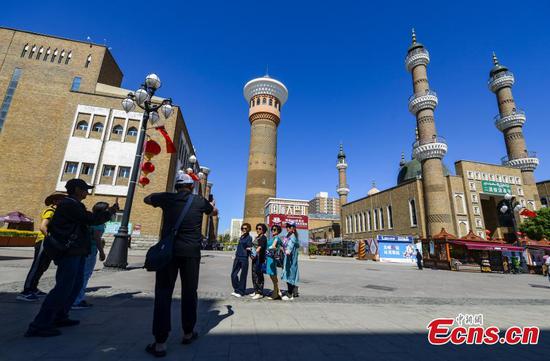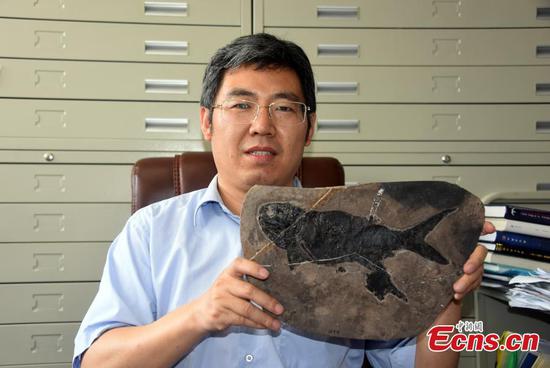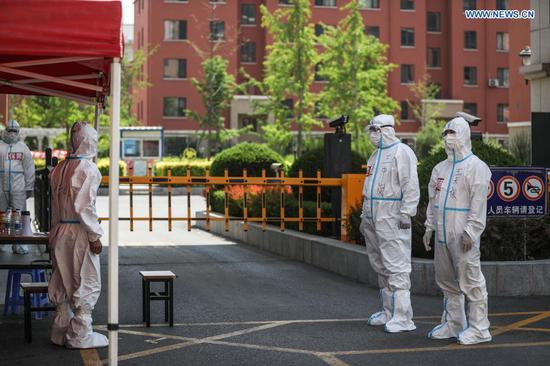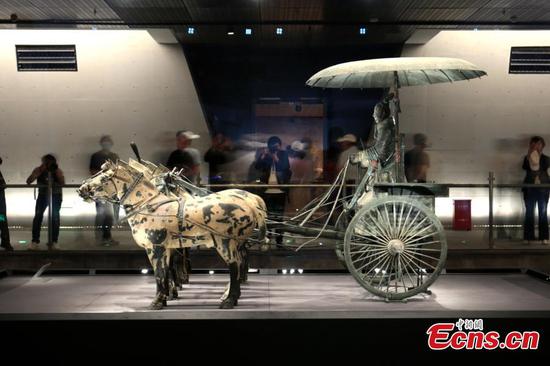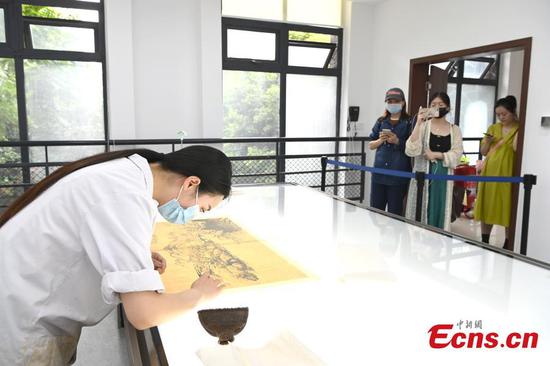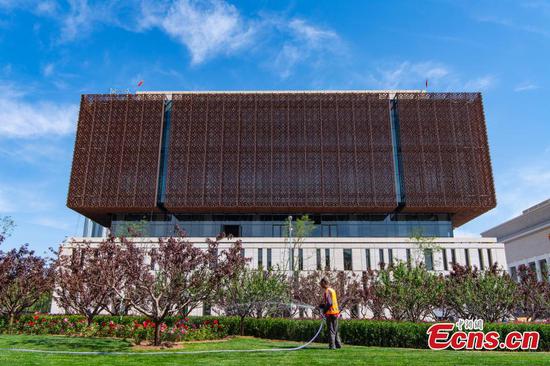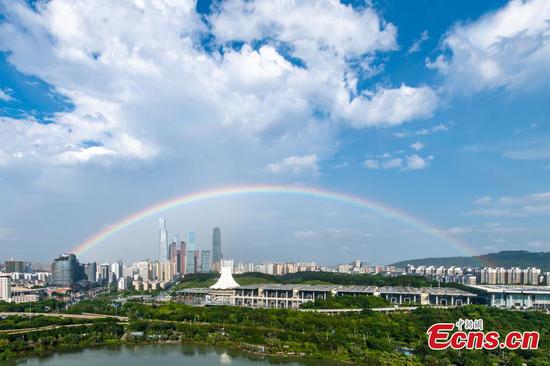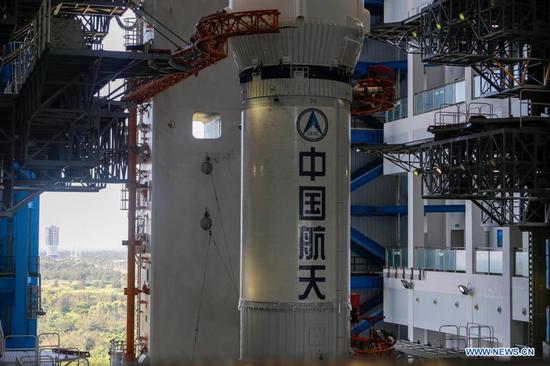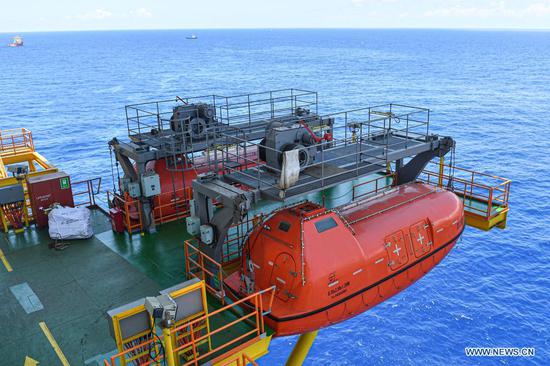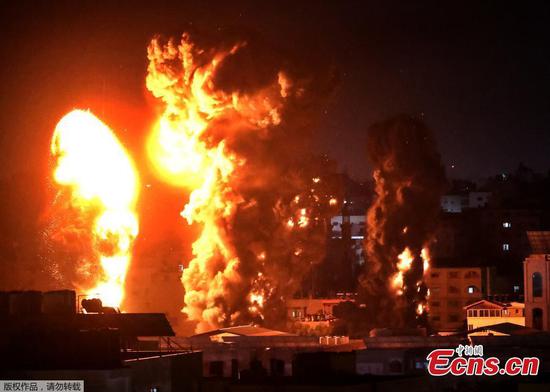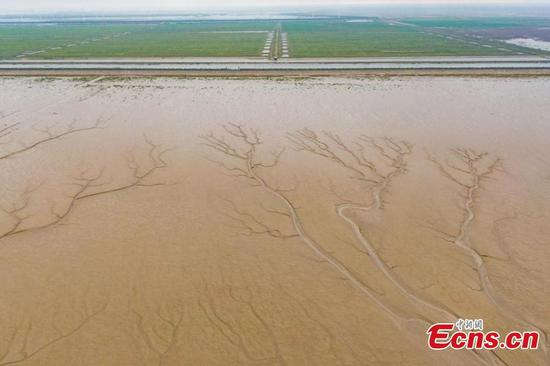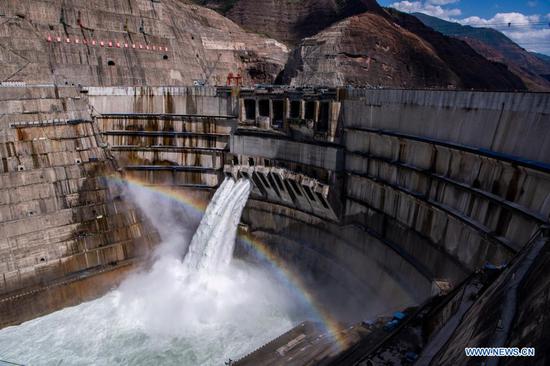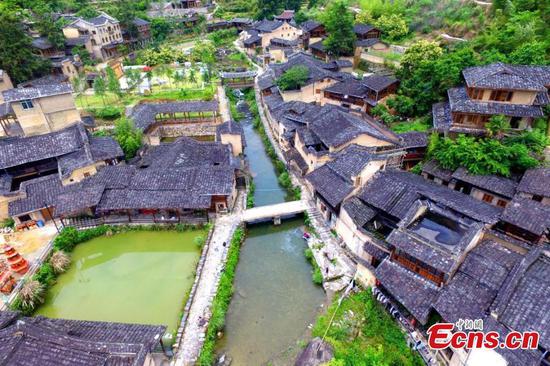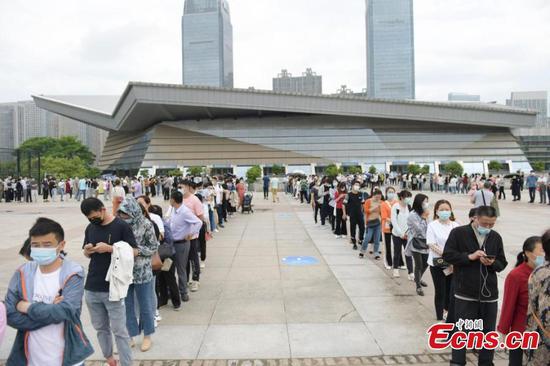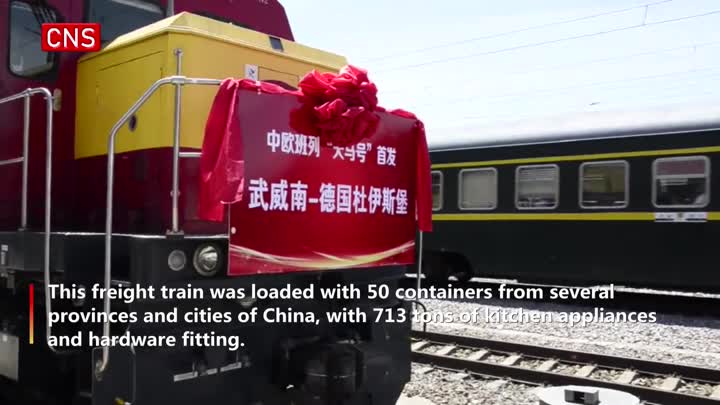China's State Council Information Office on Friday issued a white paper on the peaceful liberation of Tibet and its development over the past seven decades.
The white paper, titled "Tibet Since 1951: Liberation, Development and Prosperity," reviewed Tibet's history and achievements, and presented a true and panoramic picture of the new socialist Tibet.
"This will help to counter the propaganda spread by a number of Western countries and their allies and provide the international community with a balanced account of the enormous transformation that has taken place in Tibet," said the document.
On May 23, 1951, the Agreement of the Central People's Government and the Local Government of Tibet on Measures for the Peaceful Liberation of Tibet (the 17-Article Agreement) was signed, officially proclaiming the peaceful liberation of Tibet. The year 2021 marks the 70th anniversary of the historic event.
With the peaceful liberation of Tibet, the people of Tibet broke free from the fetters of invading imperialism for good, embarking on a bright road of unity, progress and development with all the other ethnic groups in China, according to the white paper.
In the new era, under the strong leadership of the Communist Party of China Central Committee with Xi Jinping at the core and with the vigorous support of the whole country, Tibet has made new progress in various fields, including eradicating extreme poverty, said the document, adding that "a brand new socialist Tibet has taken shape."
Besides a foreword and a conclusion, the white paper consisted of ten sections, "Tibet Before the Peaceful Liberation," "Peaceful Liberation," "Historic Changes in Society," "Rapid Development of Various Undertakings," "A Complete Victory over Poverty," "Protection and Development of Traditional Culture," "Remarkable Results in Ethnic and Religious Work," "Solid Environmental Safety Barriers," "Resolutely Safeguarding National Unity and Social Stability," and "Embarking on a New Journey in the New Era."










